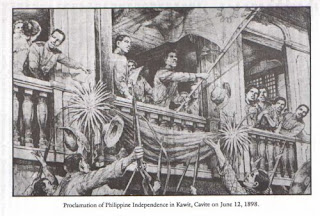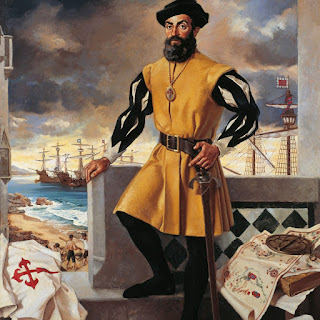Christ in Crisis: Photo story about Yuletide Season despite the Global Health Crisis
PHOTO STORY The documentation were presented on this site: : Click here As the documentation was presented, this will show the importance on CHRISTMAS SEASON. Happiness may drive you to uncertain consequences after the series of event but these memories shows that the moment you've spent for happiness and joy will give you an adverse skill which is your SMILE. Learn to smile sometimes. Forget all the worries that are stuck in your mind. Deliver your smile to someone and pass it through everyone else. It's just once, but you may encounter it many times. Despite the global health crisis and challenges we've been through, we must learn how to SMILE. Some quotes for you: "Mankind is a great, an immense family. This is proved by what we feel in our hearts at Christmas."- Pope John XXIII "God goes to those who have time to hear him—and so on this cloudless night he went to simple shepherds." - Max Lucado "God never gives someone a gift they are not capa...


